The Lhasa Apso is often mistaken for other small breeds like the Shih Tzu. However, the Lhasa has a temperament and carriage all its own. These dogs are sassy, proud, and surprisingly outdoorsy. Many people purchase them expecting a sedentary lapdog and are surprised by their high energy. Read on to learn more about the Lhasa Apso.
Description of the Lhasa Apso
These dogs are famous for their coats. When kept in their natural state, their hair flows nearly to the ground.
However, it is not as smooth as it appears, and can sometimes look a bit scruffy. It is luxuriously thick, with extra length around their mustache, and even more above their eyes. To prevent this from falling in their faces, many owners tie it up in a topknot or trim it regularly. Though it might look cute to have hair over their eyes, this can irritate their eyes and cause serious issues.
These dogs are regal in appearance and gait. From their proud expression, to a tail that curls up elegantly, there is no mistaking their physique for anything but a regal dog. Indeed, these dogs were bred in the ancient monasteries of the high Himalayas. The breed is more than 1,000 years old. They are said to represent the snow lion, an important figure in Buddhist lore.
The Lhasa Apso comes in a variety of shades, but they are most known for a gorgeous, sandy hue.
Life Expectancy and Size
The Lhasa Apso is a long-lived breed, typical of most healthy small dogs. Their life expectancy is between 12 and 15 years.
These small dogs are quite sturdy and athletic. They stand between 10 and 11 inches tall, and generally weigh between 12 and 18 pounds.
Protective Ability
The Lhasa Apso is not necessarily a guard dog. These dogs are small, although they can nip at an unsuspecting human or pet. The Lhasa is a decent watchdog, however. In fact, this was part of its job in the Himalayas. They may well bark at new sights and sounds. Generally, they like keeping tabs on their home and people.
Training
Training the Lhasa Apso is a job for a patient, creative owner. They are very capable dogs, but can be stubborn and quickly become disinterested. It is best to approach training sessions with the Lhasa in a very positive manner. Keep tasks short, and do not rely too much on repetition. These pups get bored easily!
The Lhasa performs best when training is a game. Use extra-tasty rewards (and cut down on their meals to keep them fit), as these dogs aren’t always very interested in treats. If they become difficult, move on to the next task. Training should never turn in to a battle of wills.
Energy Level
It is easy to think that this pretty dog should be a prissy couch potato, unwilling to get his feet wet. However, this is anything but the case. The Lhasa is an active, outdoorsy dog. Still, they are not overly high energy. Rather, they enjoy being given opportunities to frolic and play.
What Living with a Lhasa Apso is Like
Living with the Lhasa Apso is dynamic. They are great for owners that want beautiful dogs, and are willing to take care of their impressive coats.
However, it is important that these dogs are not mistaken for their lazier cousins. Owners should appreciate this dog’s tenacity, and be able to put up with their tough spirit. They can be difficult with strangers or pets. Some may even nip at fingers when they don’t get their way.
Loving a Lhasa is loving all of these unique characteristics. When well bred, these dogs can live longer than many other small breeds, meaning your unique pet will be with you for many years.
Care of the Lhasa Apso
These dogs do require some coat care. Although active, they are not hard to exercise. The biggest hurdle is committing to live with their regal personalities.
Environmental Needs
This breed was developed in the Himalayas. They are adaptable and hardy, able to withstand the cold surprisingly well for such a small dog. In extremely hot weather, they may overheat, so providing water and shade is crucial. Although active, they need only a small yard, or at least some access to the outdoors to keep them happy.
Exercise Needs
This is an active breed. Still, most Lhasas end up exercising themselves. If they have access to even a small yard, they will happily frolic and play until they are out of energy. They even love running around in the house, although this may be less desirable for their humans.
These dogs should get at least one brisk walk per day.
Shedding and Grooming
Shedding and grooming in Lhasa Apso varies widely.
Naturally kept Lhasas have long, flowing hair that requires daily brushing to stay soft and shiny. It is important to trim around the eyes, or tie their hair up into a topknot. Otherwise, they may have serious eye irritation. Regular cleaning around the eyes is still advised.
The Lhasa may also be kept in a cute puppy cut. This requires regular clipping, but much less daily care. These dogs are low to moderate shedders.
Ideal Home Environment
This breed is good for the skilled owner. They can be uncertain and nervous with new people, although they often bond strongly with their families. Owners should be committed to positive training and early socialization to manage their suspicious tendencies.
These dogs are absolutely beautiful for those willing to care for their coats. It can be a fun bonding experience to take care of them. The Lhasa is sturdier than some other small breeds and in no way is a frou-frou puffball. They enjoy moderate exercise, though they are not suited to extremely active owners.
Health Concerns
This breed is generally quite healthy. They have most trouble with their eyes. Some of this can be prevented by regular care, and by keeping their long coat well away from eyes. However, some eye issues are genetic, and cannot be avoided.
Other areas of concern include the kidneys and joints. Some Lhasa have digestive troubles, especially when over fed. It is important to provide a diet high enough in fat to keep their skin healthy. Consult with a veterinarian for specific recommendations.
Behavior Problems
This breed can easily turn aggressive if not properly socialized. Proud and protective, it is not uncommon for them to be standoffish with strangers. While they may tolerate other family pets, they also may become scrappy at the drop of a hat.
Exposing the Lhasa Apso to new situations and people as a puppy can him them become a better adjusted adult. Be gentle and kind when handling these dogs so that they do not become frightened and nip. They are generally not a good choice for young children who cannot help but roughhouse.

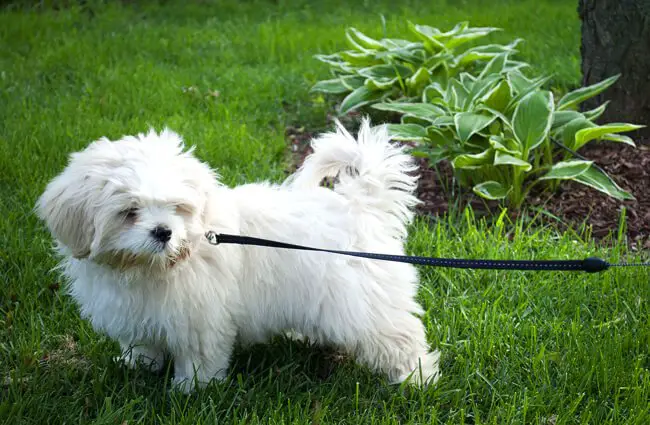

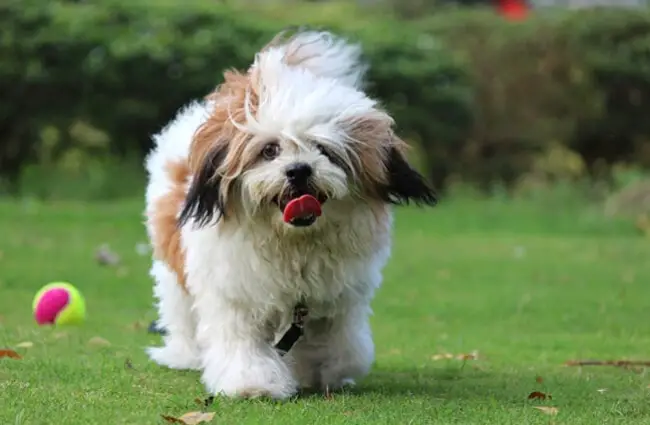
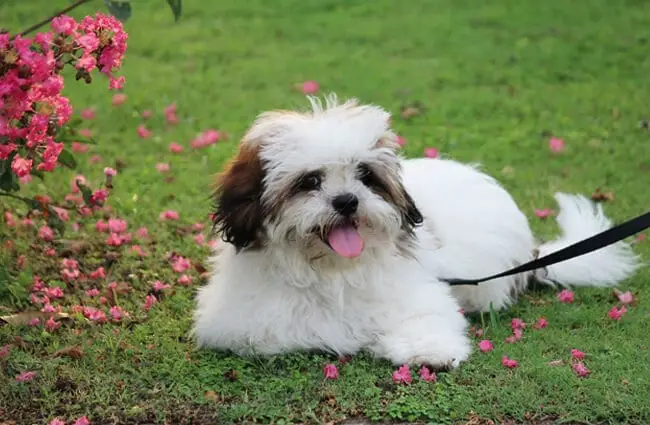
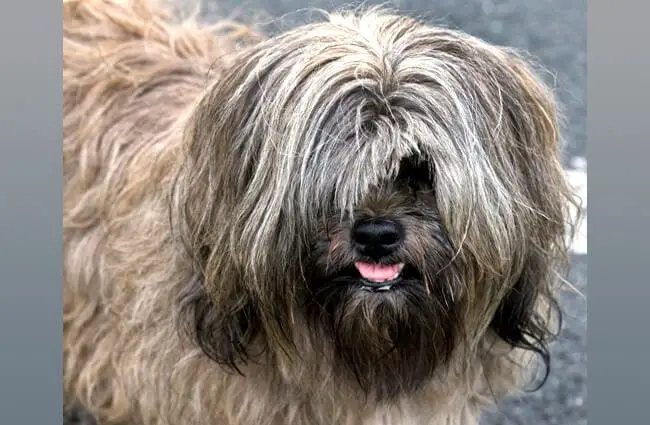
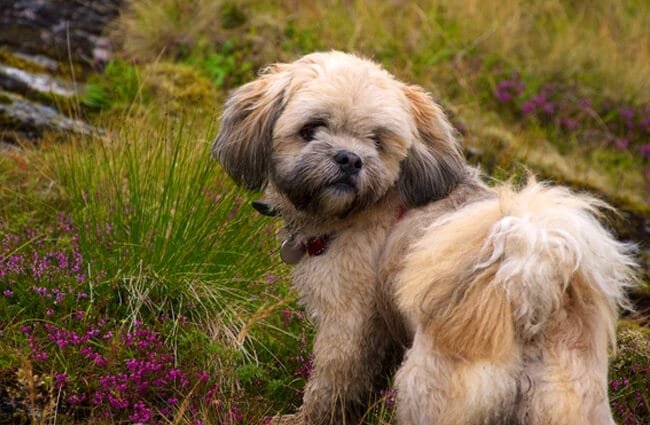
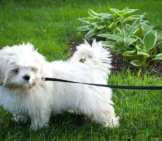
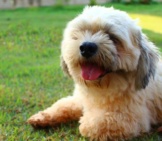
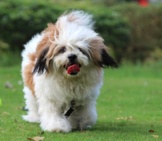

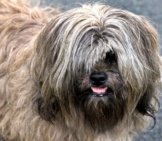














![Red Angus Closeup of a beautiful Red Angus cowPhoto by: U.S. Department of Agriculture [pubic domain]https://creativecommons.org/licenses/by/2.0/](https://animals.net/wp-content/uploads/2020/03/Red-Angus-4-100x75.jpg)

